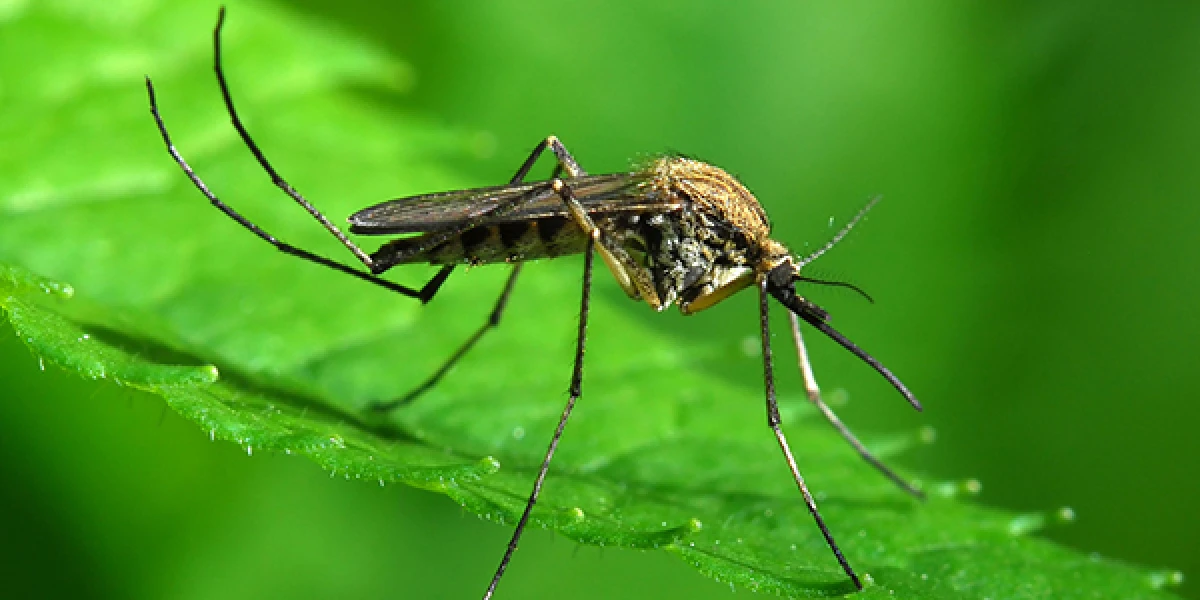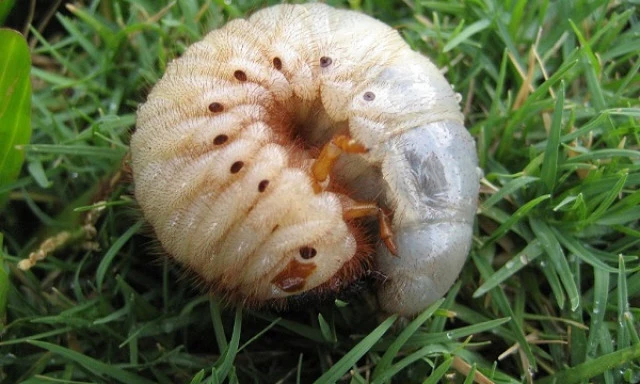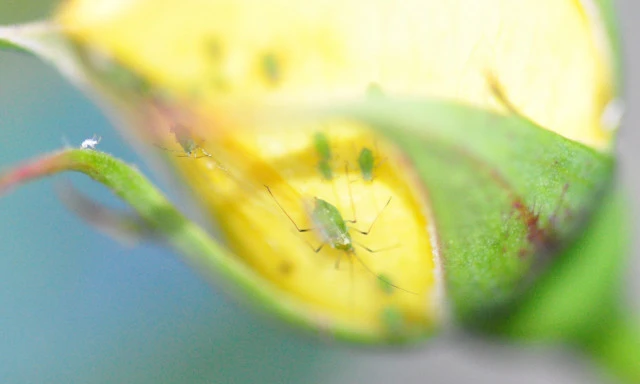Good Weather for Pests
January has begun in a similar vein and the pattern is set to continue for the first two of weeks of 2012 at least. The wet weather is influencing the levels of many pests and diseases in gardens. Pests, some of which would not normally be regarded as a problem, benefit from the warm wet conditions and have a population explosion. Some are causing greater than usual damage in the garden.
In the garden, the biggest threats are from weeds, diseases and insect pests.
Weed seeds continue to germinate and grow rapidly in soil with high moisture levels. They quickly spread and strangle garden plants. At a time of year when the weed threat is usually diminishing weeds are giving gardeners an on-going battle to keep them under control.
Fungal diseases such as rusts, blackspot, brown rot, powdery mildew anddowny mildew are more prevalent in damp warm conditions. The wet leaves encourage fungal growth and many fungal spores are spread by water.
Aphids (greenfly) usually reduce in numbers after Christmas when drier weather reduces numbers and more mature plants are better able to resist the sap sucking aphids. The continued growth of plants and weeds with plenty of sap is meaning that aphids are surviving longer and damaging more garden plants. It may also be the case that the wet weather is discouraging to gardeners, reducing opportunities to get into the garden to get rid of weeds and protect garden plants from pests and disease.
Flies breed in decaying animal and vegetable matter and as decay is accelerated and flies survive longer in warm moist conditions, fly numbers are consequently well above normal. Kiwicare is seeing a significant increase in sales of fly control products; exterior and interior surface sprays and exterior baits for giving homes a season long fly proofing.
Technical Manager David Brittain says “We have had several enquiries about small shrimp or flea like creatures swarming into people’s houses. They are Gammarus sand hoppers, small crustaceans that are usually found on the beach or in the garden. The wet weather has allowed their population to grow and spread. They don’t cause any harm but those affected can be unsure of what they are and whether to be concerned.”
However, the wet weather is not all bad news. Some pest numbers are reduced in these conditions. Ants in places where heavy rain has caused flooding are drowned out of nests and when the water recedes the ants must put their energy into rebuilding the nest before beginning breeding again. Wasp numbers are likely to be reduced this year compared to the high levels of last year. Wasp nests can be affected by flooding and a proportion of their food comes from the honeydew produced by sap sucking scale insects. The honey dew gets washed away in wet weather and so wasps will have had less food so far this year, keeping the population lower.
NIWA and the Met Service are still predicting that warmer drier weather in February is possible and if this happens it may still change the range of pests and diseases we will be fighting around our homes and gardens for the second half of summer.
David Brittain
Kiwicare


